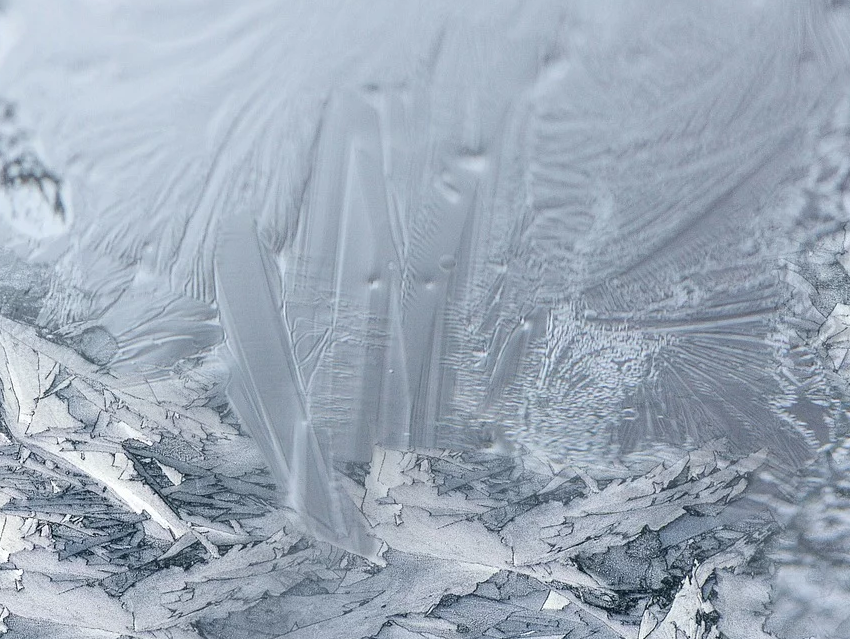Capturing the metastable or intermediate edge structures involved in the growth of two-dimensional (2D) ice is extremely challenging. This is due to the fragility and short lifetime of those edge structures. However, this knowledge could reveal the underlying growth mechanisms.
Xiao Cheng Zeng, University of Nebraska–Lincoln, Lincoln, NE, USA, Li-Mei Xu, En-Ge Wang, and Ying Jiang, Peking University, Beijing, China, Chongqin Zhu and Joseph S. Francisco, University of Pennsylvania, USA, and colleagues have described the first visualization of the atomic structure of 2D ice as it formed. The team combined computer simulations and experimental work using super-powerful atomic force microscopy (AFM) with a CO-terminated tip. The findings challenge the traditional view of how ice grows.
The real-space visualization of the edge structures of 2D bilayer hexagonal ice grown on an Au(111) surface showed that an ice plane can terminate in two types of edges: “zigzag” or “armchair”. A plane of natural ice usually terminates with zigzag edges.
The researchers found that the growth processes of the zigzag edge involve the addition of water molecules to the existing edge and a collective bridging mechanism. The growth patters involve six-membered rings of water molecules as well as an intermediate stage where five-membered rings were present.
The team, for the first time, showed that the armchair edges can be stabilized and that their growth follows a novel reaction pathway. Armchair edge growth involves local seeding and edge reconstruction. Thus, it contrasts with conventional views regarding the growth of bilayer hexagonal ices and 2D hexagonal matter in general.
In earlier studies (2017 PNAS paper) the team found that ice grows differently depending on whether a surface repels or attracts water, and the structure of that surface. The new insights might be usedful to explain this behavior. According to the researchers, the understanding of the interaction between water and surfaces might lead to the development of new materials to, for example, make ice removal easier. In addition, the technique is also applicable to probe the growth of a large family of 2D materials. Thus, it is opening a new avenue of visualizing the structure and dynamics of low-dimensional matter.
- Atomic imaging of the edge structure and growth of a two-dimensional hexagonal ice,
Runze Ma, Duanyun Cao, Chongqin Zhu, Ye Tian, Jinbo Peng, Jing Guo, Ji Chen, Xin-Zheng Li, Joseph S. Francisco, Xiao Cheng Zeng, Li-Mei Xu, En-Ge Wang, Ying Jiang,
Nature 2020.
http://doi.org/10.1038/s41586-019-1853-4



